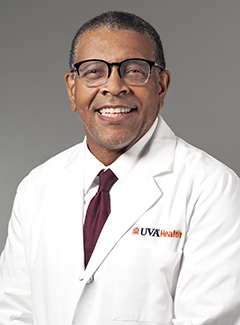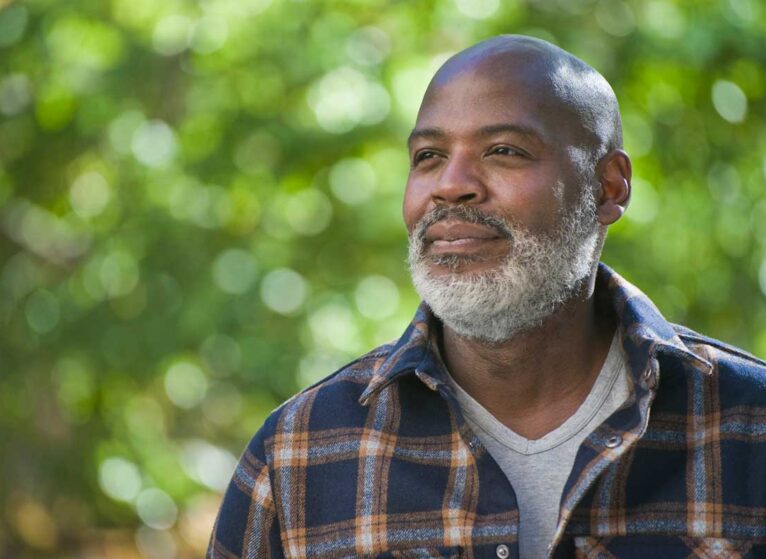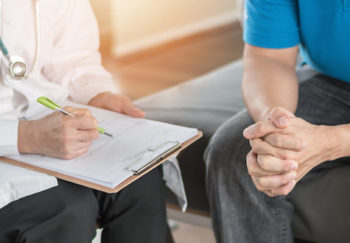Active surveillance: It sounds like something out of a spy thriller. But it’s a term you need to know if you or a loved one has prostate cancer. Here’s why active surveillance for prostate cancer is key.
Most of the time, prostate cancer grows slowly. Often, it’s best to “treat” prostate cancer without treatment. Instead, experts recommend active surveillance for prostate cancer. Doctors keep a close watch on the cancer for years. And know exactly when the benefits of treatment outweigh the harm.
“Prostate cancer is a disease that we're catching very early because of screening. And not all men need treatment right away,” says Kirsten Greene, MD.
“The goal of active surveillance is to avoid or delay the costs — like sexual or bladder function problems and the monetary cost of treatment — without compromising a cancer cure,” adds Tracy Downs, MD.
As urologic oncologists, Greene and Downs are both experts in treating prostate cancer.

Expert Insight on Active Surveillance & Next Steps
Learn about:
- Why you should consider active surveillance
- How your Gleason score reveals when it’s time to treat
- Getting different opinions before deciding on the prostate cancer treatment best for you
Why Active Treatment Isn’t Always Best First Step
Up until the early 2000s, people thought all prostate cancer should be treated. This is most often done with radiation therapy or removing the prostate. These are both very effective at curing prostate cancer. But they come at a cost.

For too many men, active treatment led to a lot of unnecessary side effects that negatively impacted their quality of life.
“What we know now is that a lot of prostate cancer is being diagnosed 10 to 15 years before it ever needs to be treated,” Greene says.
How Does Active Surveillance for Prostate Cancer Work?
With active surveillance for prostate cancer, a patient is closely followed over time to know when a slow-growing cancer turns dangerous. Surveillance might mean getting:
- Regular blood and urine tests to look for concerning bio markers
- PSA tests to look for a naturally occurring enzyme related to prostate cancer
- MRI scans to see changes in the prostate gland
- Biopsies to look for dangerous cancer cells
How Active Surveillance Differs From Watchful Waiting
In recent decades, active surveillance has replaced watchful waiting.
There’s a big difference, Downs says. With watchful waiting, he says, “There was no intention to actually treat, let alone cure, the prostate cancer.
So don’t confuse that old approach with active surveillance.”
Here’s the main reason behind watchful waiting: Doctors didn’t want to do more harm than good with treatment if someone had only a 5- to 10-year life expectancy.
Low Gleason Score Means Hold Off
When you’re diagnosed with prostate cancer, you get what’s known as a Gleason score. Your score is based on the pattern of cancer cells doctors see under a microscope. A low score (like Gleason 6 or Grade Group 1) means slow growing. A higher score means the cancer is more dangerous.
“The Gleason score or the Grade Group of the cancer helps us determine whether it needs treatment or is appropriate for active surveillance,” Downs says.
He adds, “Generally speaking, a Gleason 6 is considered very slow growing, or a very non-aggressive prostate cancer. It is also called Grade Group 1. And in most cases, this cancer doesn’t need treatment. There's a controversy about whether this should even be called cancer.”
High Gleason Score Reveals Time to Act
Years later under active surveillance for prostate cancer, your Gleason score could go up. A higher score, like a 7 to 10, means the cancer has become a little more aggressive.
This is what happened to Francis Collins, the former head of the National Institutes of Health. He openly shared his experience with active surveillance for prostate cancer. It’s an example of the best-case scenario: You can avoid the side effects of prostate cancer treatment until it becomes potentially life-threatening.
Get Different Opinions Before Deciding on Prostate Treatment
If you’ve just been diagnosed with prostate cancer, don’t feel pressured into having surgery right away to remove your prostate. Or to undergo radiation or other therapy. The prostate is right next to your sexual organs and close to your urinary tract. So these areas will be impacted.
Facing Prostate Cancer?
Greene and Downs discuss all your options.
“Most of the time, it’s a cancer that grows slowly. You have a lot of time to make up your mind about whatever treatment you choose,” Greene says.
Importantly, talk with more than one expert and those who’ve gone through treatment.
“Get a second opinion from a prostate cancer specialist, and go to a peer support group. Try to get a real sense of what your life is going be like either way,” Downs says.
He adds, “I often tell my patients, ‘Your sexual function is going to be impacted in a really personal, meaningful way. You're going to recover. But you're still going to live through it. And the same thing with your urinary function. So think about how you want to live the rest of your life with these side effects. And realize that as long as you get treatment you will not die from the prostate cancer.’”


